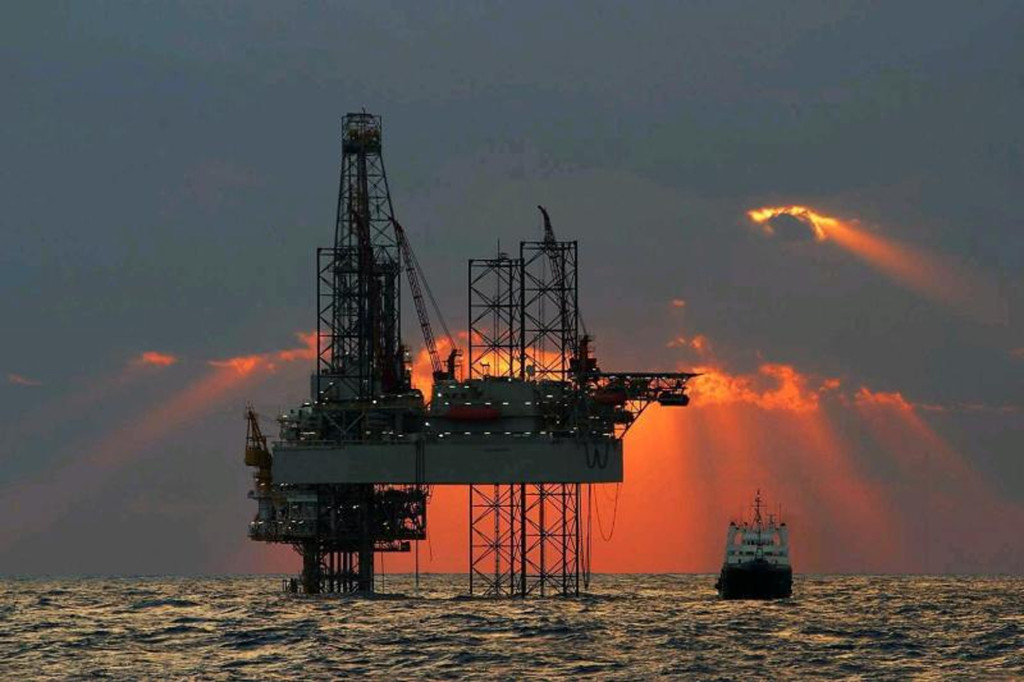U.S. Gulf of Mexico production is expected to again cross the 2 million bbl/d threshold and reach a new high in 2022, abetted by three major deepwater developments set to deliver first oil.
On Jan. 14, Wood Mackenzie projects the Gulf will average roughly 2.3 million barrels of oil equivalent a day (boed), surpassing the previous record of around 2 million bbl/d that the Department of Energy (DOE) documented in August 2019. Operators closed out a stormy 2021 with estimated production of just over 1.76 million bbl/d. The damage caused by Hurricane Ida sunk Gulf production to a 10-year monthly low of 1.064 million bbl/d last September.
Among the new fields coming on line, Shell, after a one-year Covid-induced delay, is ready to start production on the Mississippi Canyon Vito field in 4,000’ of water, which is expected to reach estimated peak production of 100,000 bbl/d around 2024. On Dec. 8, Shell added another discovery to its leading deepwater portfolio with the Blacktip North well in the prolific Perdido Corridor. The prospect is one of 12 deepwater discoveries Gulf operators recorded in 2021, according to S&P Global Platts Analytics.
“We could potentially see more finds and final investment decisions next year (2022),” Sami Yahya, Platts senior energy analyst-supply and production, said on Dec. 27. “U.S. Gulf operators still have a healthy appetite for exploration, particularly as crude prices remain robust.”
Elsewhere, Phase Two of the BP-operated Mad Dog field, covering three blocks along the Sigsbee Escarpment at Green Canyon, likewise is slated to begin flowing this year, with peak oil and condensate production of approximately 120,249 bpd and 147 MMcfd of gas expected in 2023.
Murphy Oil plans to begin delivering an estimated 80,000 bbl/d from the Khaleesi/Mormont Samurai development at Green Canyon in the first half of 2022. The trio will be tied into the King's Quay floating production system (FPS) that was installed just before Ida swept across the Gulf. The FPS was undamaged, Murphy said.
Any new production could not come at a more opportune time, as oil consumption has outpaced production for more than a year, the DOE said in the January 2022 “Short Term Energy Outlook.” According to the DOE, global oil stockpiles have fallen for six consecutive quarters, declining at an average rate of 2.1 million bbl/d over the second half of 2020 and by 1.4 million bbl/d last year.
The picture is also cloudy for future inventories, considering 2021 notched the fewest worldwide oil and gas discoveries in 75 years, Norwegian consultancy Rystad Energy said in an analysis released on Dec. 20.




